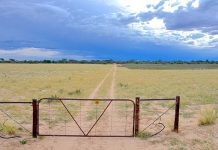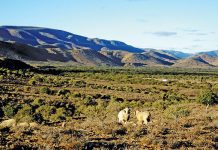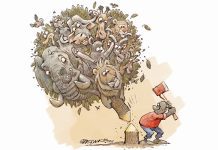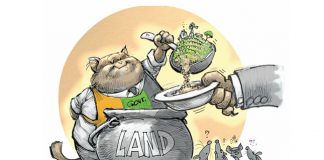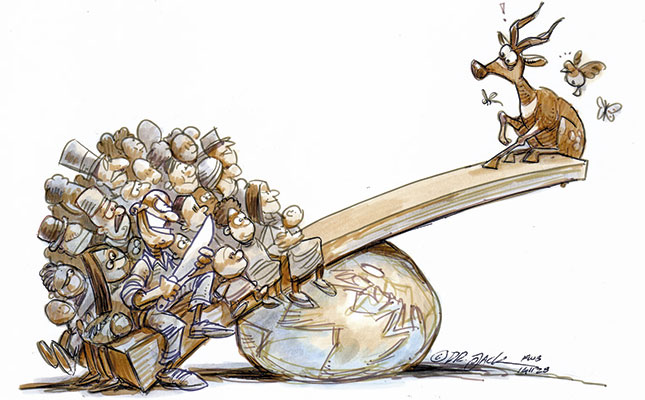
So great is the focus on the plight of the rhino, elephant and other iconic animals that the importance of conserving general biodiversity is often ignored by the public and politicians. Wildlife losses directly and indirectly affect vital ecological processes that support biodiversity. For example, the loss of certain large wildlife species can retard forest regeneration when seed is not dispersed, while loss of key predators can increase herbivore numbers, resulting in habitat damage and human-wildlife conflict.
In East and Southeast Asia, tens of millions of wild animals are traded regionally and from around the world each year for food or use in medicines. In the Congo Basin, over 4,5 million tons of local bush meat are reportedly extracted every year. In the Amazon Basin about 1 million tons of mammals alone are harvested annually.
Although much of this is done legally and sustainably, providing livelihoods and socio-economic benefits, rising prosperity levels in Asia and Africa, as well as the demand for traditional medicines and food, have encouraged large-scale poaching. This has placed wildlife under threat and led to the extinction of some species.
Another factor is the effects of climate change on the other drivers of biodiversity loss, such as habitat change. Diseases are now appearing in animal populations that have no immunity to them. This is the result of disease vectors moving to areas where they were previously unable to survive. These changes also have implications for human health.
People problems
Another challenge is the increase in human populations, which results in encroachment of wildlife areas and impoverished habitats. But protected areas alone are not the answer, as only a relatively small part of a species’ habitat is protected. It is important to manage and protect animals and their habitats outside protected areas as well.
Sustainably managed, wildlife can provide ongoing nutrition and income, and contribute considerably to alleviating poverty, while also safeguarding human and environmental health. Human fate is closely linked to biodiversity, as it underpins the productivity, resilience and adaptive capacity of ecosystems essential for maintaining ecological processes. Sound wildlife management is partly built on an understanding of biological and ecological factors, such as species’ habitats, population sizes, migration routes and population demographics, but must balance the needs of people with that of wildlife.
Ecotourism, for example, should be carried out in a sustainable manner to avoid excessive disturbance of animals, damage to habitats, pollution, as well as conflict with land-owners and local communities.Effective and equitable programmes recognise the importance not only of people’s needs and their rights to share benefits, but also in generating incentives and funding for sustainable wildlife use and conservation.
Some examples include a community-based trophy hunting programme for the markhor, a species of wild goat, initiated in Pakistan in 1998. This not only generated over US$1 million (R11 million) for community development, but helped increase the markhor population from 700 in 1994 to 4 000 in 2010. In the Andes, the vicuña was hunted for its wool to the brink of extinction in the 1950s, but a ban on international trade brought the population size back to the ecosystem’s carrying capacities.
The devolution of wildlife rights in Namibia and acknowledgement of the relationship between traditional knowledge and sustainable development has led to strong economic incentives for maintaining wildlife populations.
Improvement
Knowledge of sustainable wildlife management grows steadily and new management techniques are continually tested to determine their effectiveness. These involve targeted surveys and research, mapping, active management, protection, and habitat recovery programmes.
Limitations on effective wildlife management include lack of organisational capacity, unclear or weak land tenure, poverty, poor governance, corruption, and lack of political will. National biodiversity strategies and action plans can therefore improve natural resource governance and highlight the benefits of wildlife in a sustainable value chain. CPW members are international organisations with sustainable use and wildlife conservation programmes.
Email Roelof Bezuidenhout at [email protected].

